Dash cams are your second set of eyes on today’s mean streets. Unlike a passenger, a dash cam is ever alert to what’s happening, keeping a record complete with timestamp and GPS coordinates. There are different things to consider when choosing the best dash cam for you, such as whether you want a front, front/interior, or front/rear model. We have reviews and recommendations of all types, and at various price levels.
If you’re looking to pick up a great unit for a low price, this is the week to do so, because we’ve already spotted some killer Amazon Prime Days dash cam deals.
For even more information on what features to look for in a dash cam, scroll to our buyers guide beneath our best picks. You can also save yourself a lot of confusion and aggravation by checking out our instructions on how to install a dash cam.
1. Cobra SC 400D – Best premium front/rear dash cam
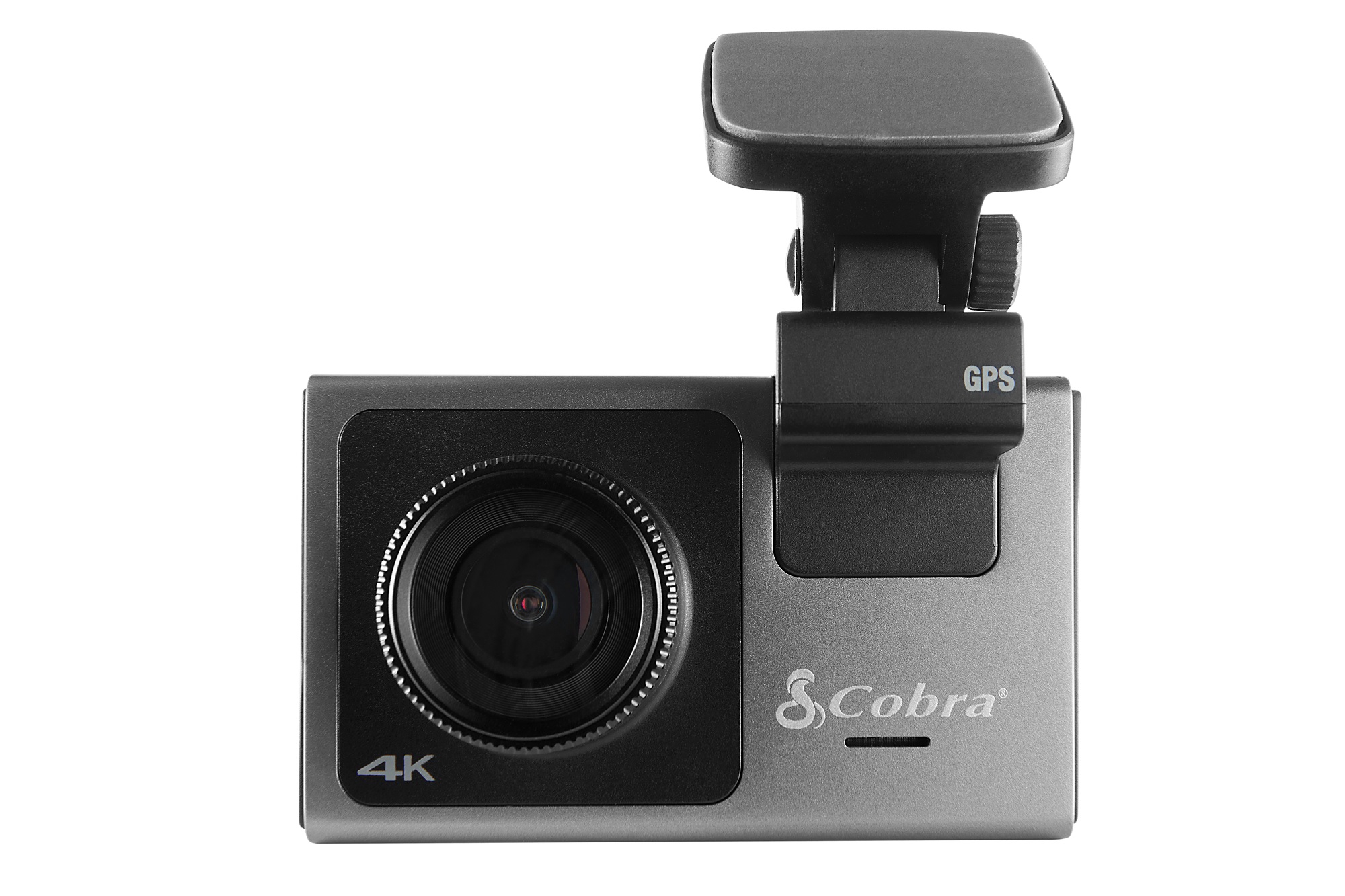
Pros
- Excellent video captures, day and night, front and back
- 3-inch touchscreen display
- Voice control
- Alexa support (if you care)
- 2160p (4K UHD) if you want it
Cons
- Very expensive
- Rear camera isn’t removable
Our review of the Cobra SC 400D left us smitten. It’s pricey, yes, but it delivers the goods with stunning images—4K for the front, 1080p in the rear—day or night. In addition to that it has all the trappings of a premium product: a sturdy magnetic mount with integrated GPS, a crisp 3-inch touchscreen display, and Alexa support for finding businesses and the like when you are on the road. It can also be expanded with an optional 120-degree FOV cam for the interior.
Read our full
Cobra SC 400D review
2. Nextbase 622GW – Best premium front/rear runner-up
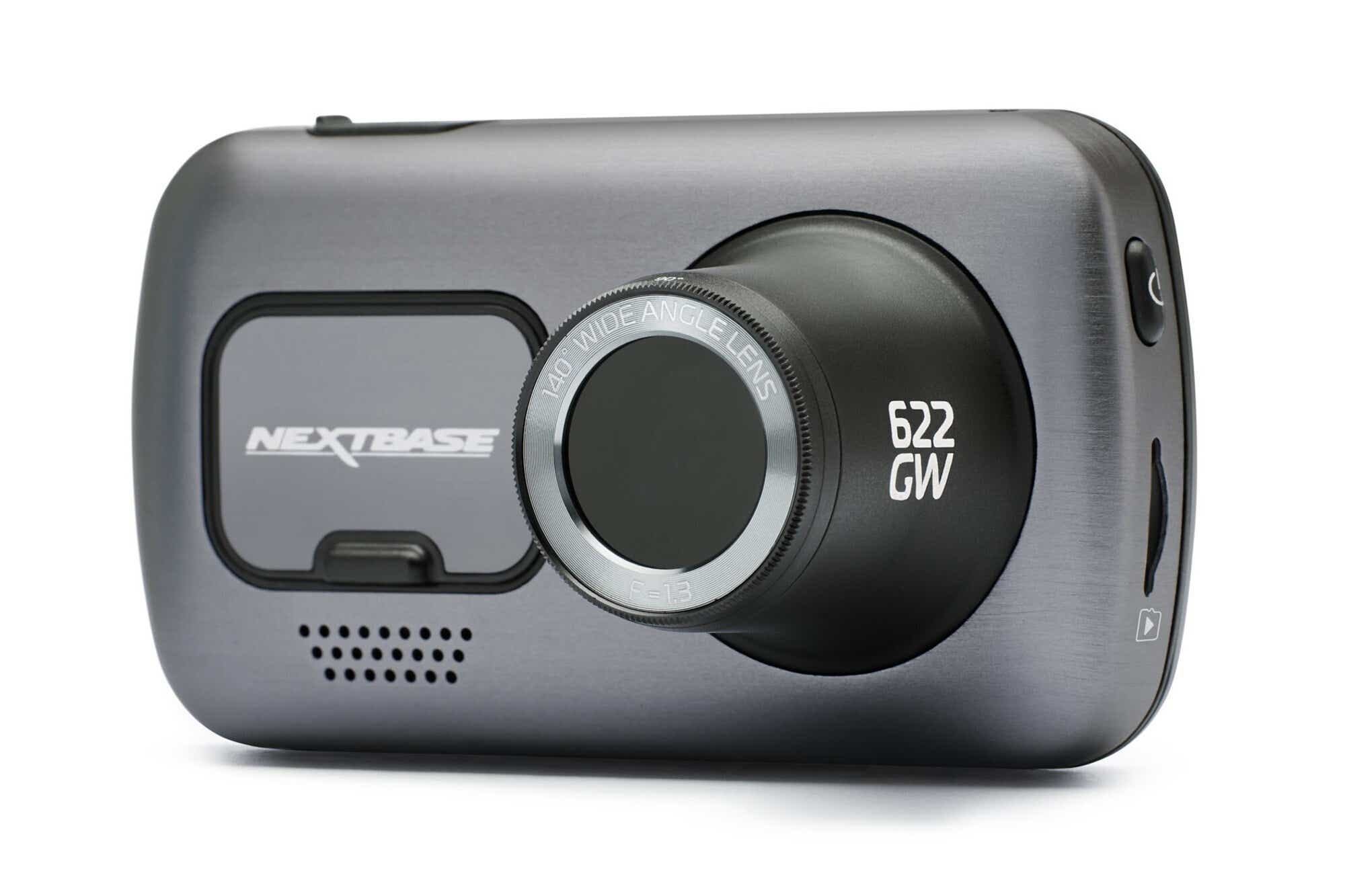
Pros
- Stellar day and night captures
- Modular add-on 1080p cameras provide interior and rear coverage
- Alexa voice control and automatic emergency notifications
Prior to our review of the Cobra SC 400D above, the 622GW front/rear system was our hands-down favorite. And, really, it shares virtually all the same attributes as its rival—nice design and build quality, excellent day and night captures, drive mapping, a wonderful 3-inch display, emergency response to accidents, Alexa support, and the ability to add a third camera for interior views. Like the 400D, it carries a premium price tag. But in the end, you can’t go wrong with either model.
Read our full
Nextbase 622GW Dash Cam review
3. Viofo A129 Pro Duo – Best midrange front/rear dash cam
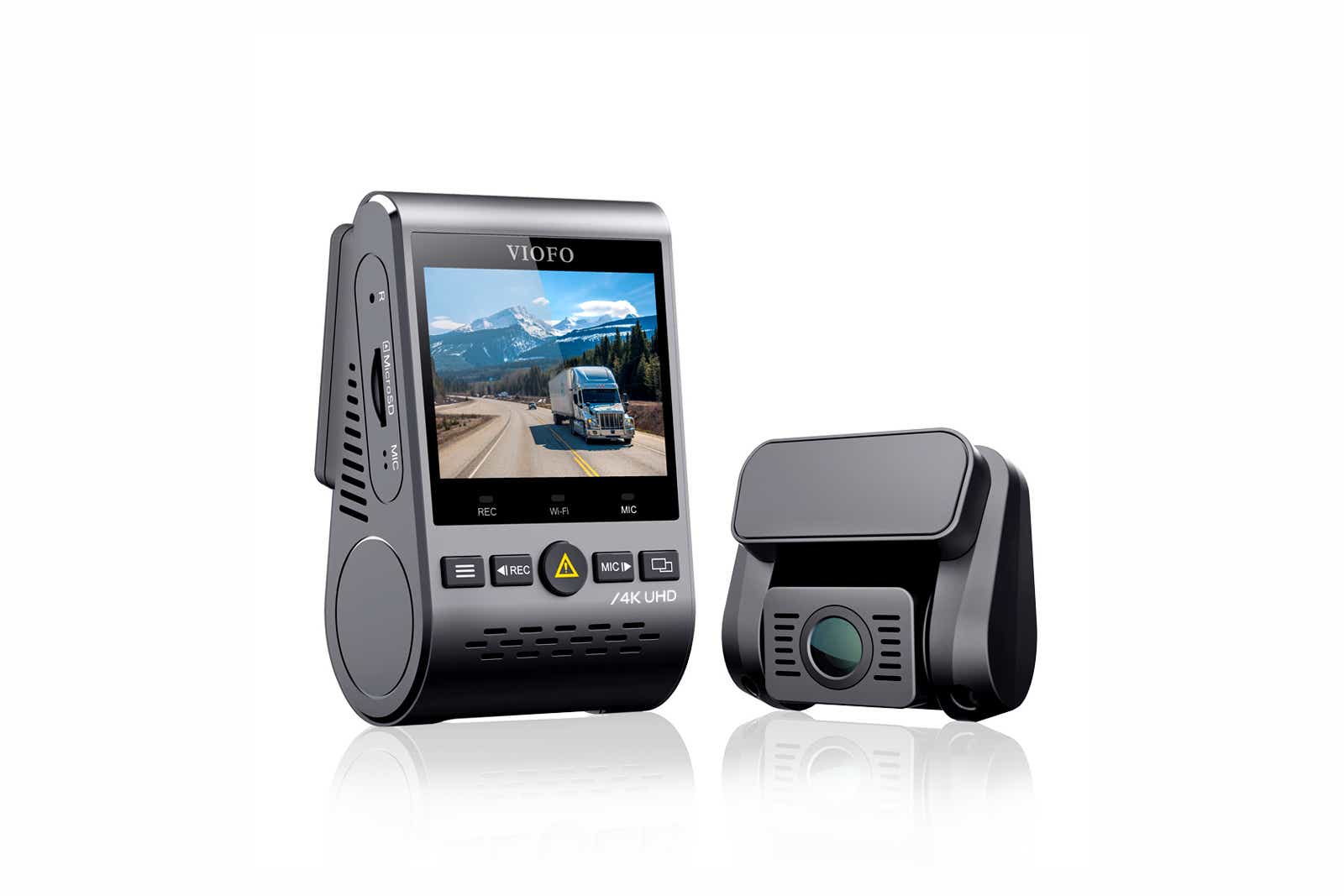
Pros
- Excellent 4K UHD front captures.
- Great 1080p rear captures.
- Easy to use
Cons
- Cameras don’t detach from mounts
Another of the 4K-front/1080p-rear camera setups, the Viofo A129 Pro Duo was the first to win us over to the benefits of 4K. It’s been matched in those abilities by newer models, but the A129 comes at a competitive price that can’t be ignored. Plus it offers integrated GPS and a pleasant user experience.
Read our full
Viofo A129 Pro Duo review
4. Nextbase 222X – Best budget front/rear dash cam

Pros
- Good front/rear-view day video
- Decent front/rear-view night captures
- 48-hour, battery-supported parking mode and after-incident capture
Cons
- Modest video quality compared to pricier Nextbase models
- Modular port, but no add-on modules
- No GPS
If you really want to save money, this Walmart-exclusive Nextbase 222X front-and-rear camera duo offers great value. The 1080p/720p video is a compromise, but video quality is still good, it has a nice magnetic mount, a clear 2.5-inch screen, and a battery-supported parking mode.
Read our full
Nextbase 222X Dash Cam review
5. Miofive 4K – Best front-only dash cam
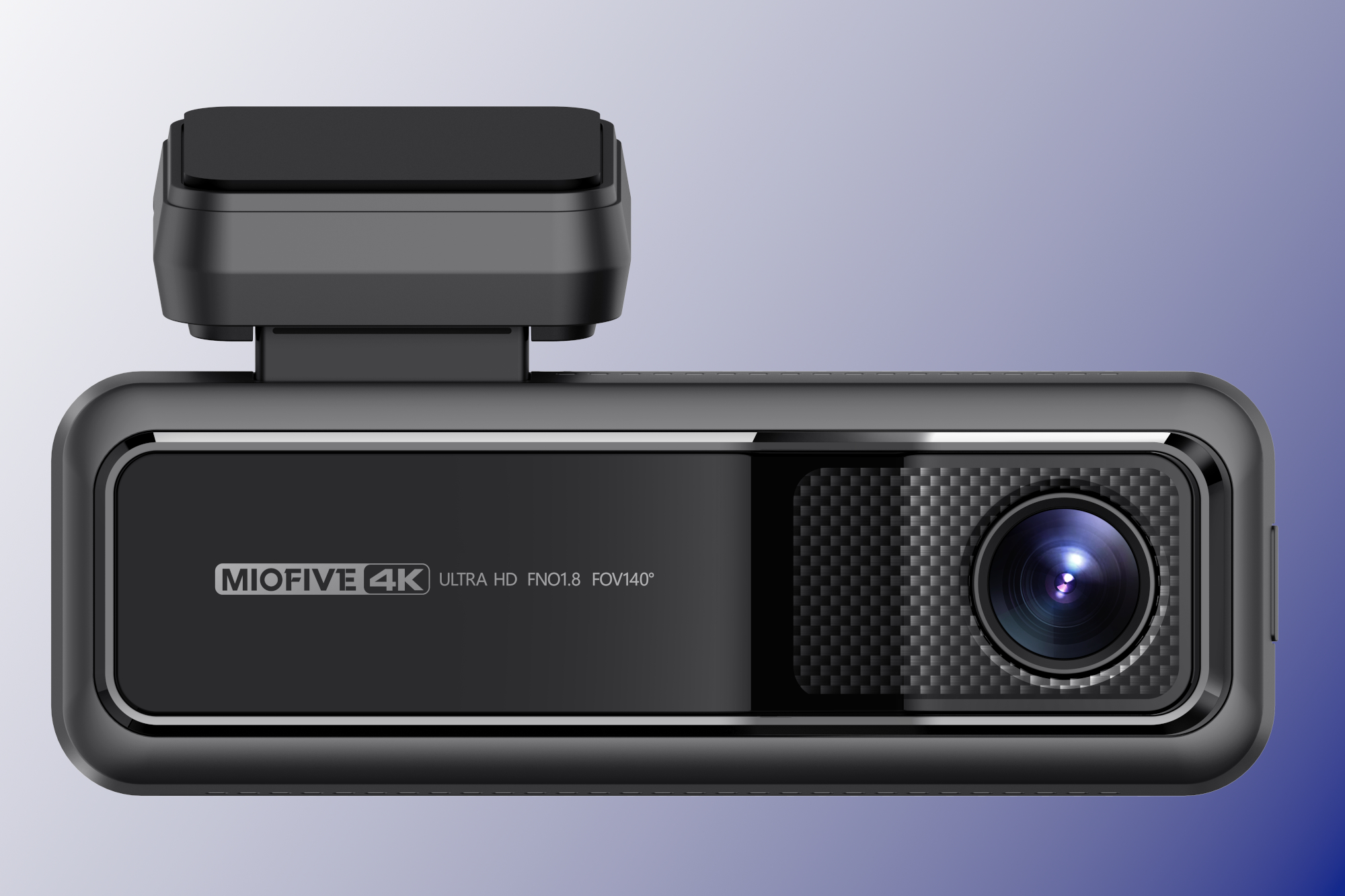
Pros
- Compact, fully integrated design
- Very affordable for 4K with GPS
- Friendly voice notifications
- 64GB of internal storage
- Good day and night captures
Cons
- Internal storage isn’t replaceable
- macOS won’t read the internal storage
Prior to our review of the Miofive 4K, we would have tapped the Car and Driver Eye2 Pro as the best front-only dash cam with 4K, a fine product in its own right. But the Miofive costs $100 less, and offers integrated GPS as well as great video captures, 64GB of internal storage, a compact design, friendly voice notifications, and a super straightforward setup. So not only is this our favorite front dash cam with 4K, it’s our favorite front cam overall.
Read our full
Miofive 4K dash cam review
6. Garmin Dash Cam 57 – Best front-only runner-up
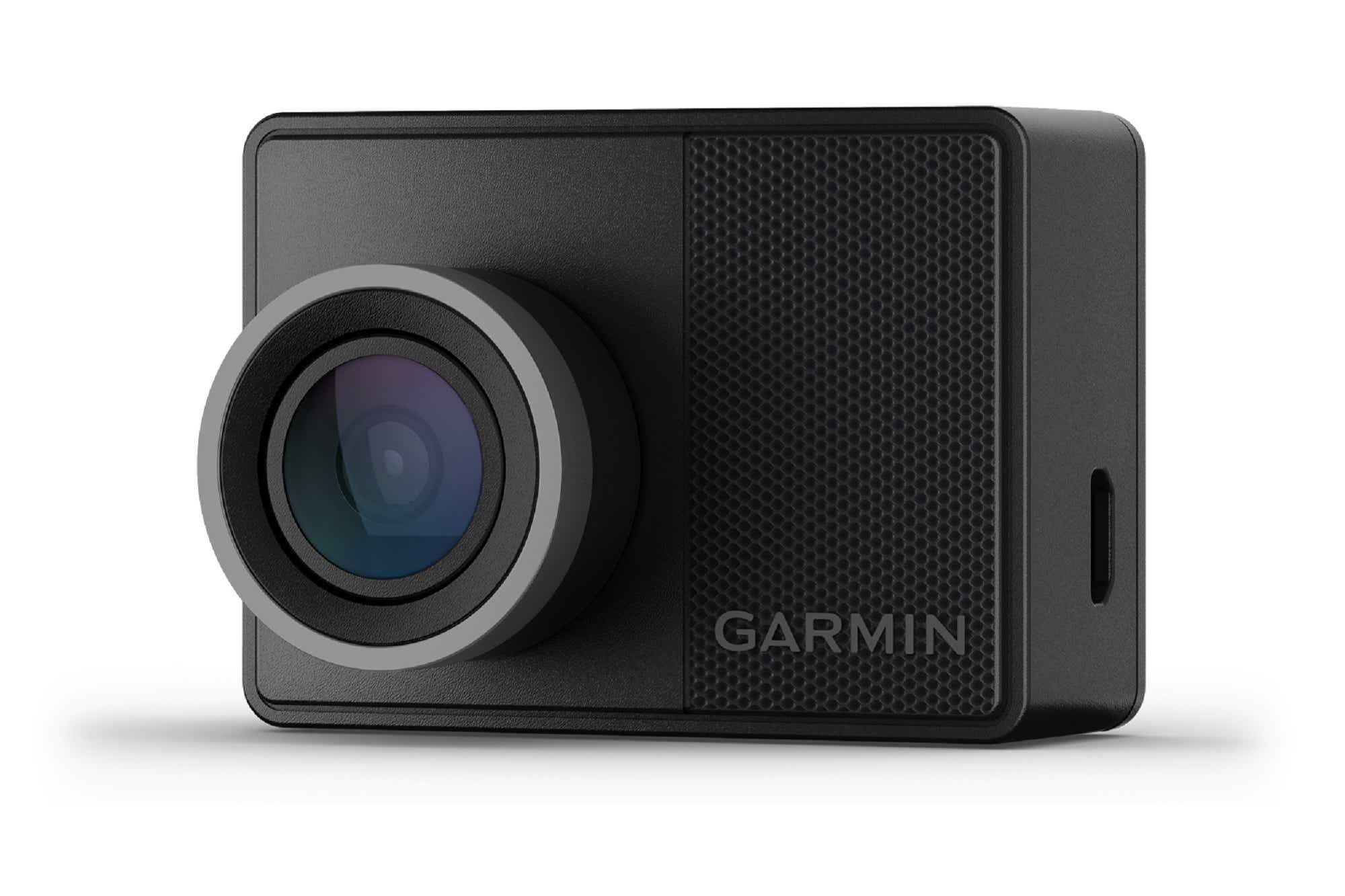
Pros
- Colorful, detailed captures day and night
- Small enough to hide behind your mirror
- Super-convenient magnetic mounting
- Phone and cloud connectivity
This small but mighty front dash cam has it all: great 1440p video with a 140-degree field of view, integrated GPS and driving assistance, good phone connectivity, an easy and convenient magnetic mounting system, and the backing of Garmin’s good name.
Read our full
Garmin Dash Cam 57 review
7. iOttie Aivo View – Most stealth front-only cam

Pros
- Easy to set up and use
- Very good day and night captures
- Magnetic mount
- Minimalist styling and operation
Cons
- Requires iOttie account to set up and use
For minimalist types, iOttie’s Aivo View consists of just a small camera that magnetically attached to a semi-permanent mount. It uses your phone as the interface and viewer. It can capture at up to 1600p/30 frames per second, or as low as 720p to save space on your inserted SD card. It also offers integrated GPS. The Aivo View does require that you set up an iOttie account.
If that doesn’t sit well with you, the Garmin Dash Cam Mini 2 is another excellent choice for stealth operation, measuring just 1.23 x 2.1 x 1.5 inches—small enough to remain hidden behind your sun visor. It doesn’t have GPS, however.
Read our full
iOttie Aivo View dash cam review
8. Garmin Dash Cam Tandem – Best front/interior dash cam
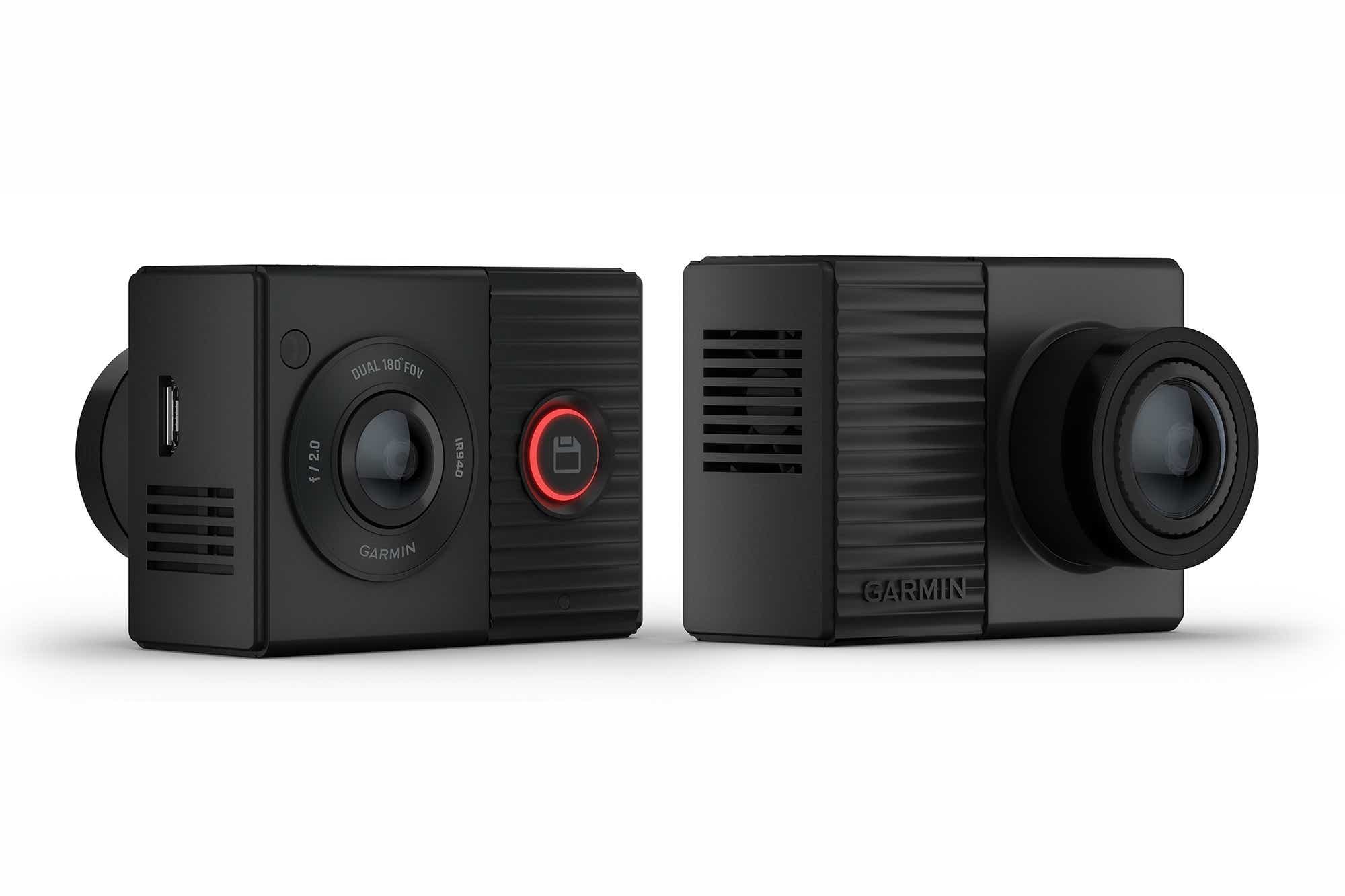
Pros
- Very easy to install and use
- Compact profile
- Excellent magnetic mount
- 360-degree front/interior view (minus obstructions)
Cons
- Expensive
- Average captures
Garmin’s front/interior camera is easy to install, features a compact body that helps it avoid detection, and has an excellent magnetic mount—all useful features that make up for the average 1440p/720p video capture quality. The Tandem doesn’t have a display; it nicely uses Bluetooth (as opposed to Wi-Fi) to connect to your phone, where Garmin’s easy-to-use app lets you configure settings—although the defaults are spot-on.
Read our full
Garmin Dash Cam Tandem review
9. Cobra SC 201 – Best budget front/interior dash cam
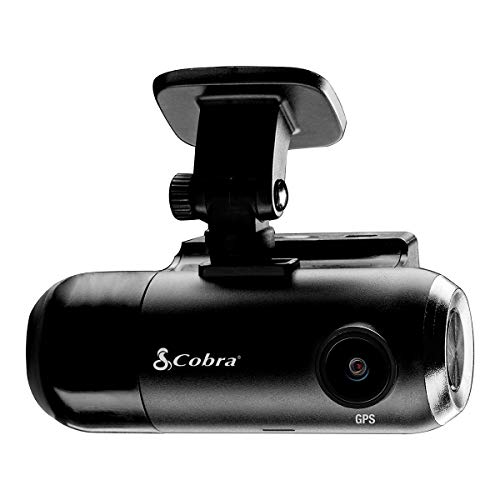
Pros
- Excellent video, especially at night
- Front and interior cameras for ride-givers
- GPS with automatic setup
- Included 16GB SD card
Cons
- No captures without 12-volt
- Buggy software at the time of testing
- App does not support smartphones running Android 7 or older
Dash cams are all about capturing the action, and few do it better than the front/interior Cobra SC 201. The exterior night video, especially, is unsurpassed in its ability to show details in dark surroundings and it offers a laundry list of features including GPS and cloud uploads. The company even includes a 16GB SD card. It’s well worth the money for what you get—just don’t try to use the cloud functionality with an older phone OS.
Read our full
Cobra SC 201 Smart Dash Cam review
What to look for in a dash cam
We’ll step you through what to think about when you’re shopping for a dash cam, from video capabilities, recording options, power connections, and more.
Video capabilities
- Dual-channel support: This is what you’ll need if you want to run both front and rear, or interior (cabin-view) cameras. Interior cameras are generally situated on the dash cam, but rear cameras are separate and require additional cabling.
- A decently wide field of view: You’ll see cameras with as little as 90-degrees field of view, but you’ll catch more of what’s around you if you go for 120 to 140 degrees. Some cameras offer 160- to 180-degree lenses. Note that the wider the field of view, the more fish-eye distortion there is, and more processing is involved to compensate.
- Day and night video recording (night quality is a big variant)
- Infrared lighting is important if you want to assure good captures of nocturnal events inside the cabin of your vehicle.
- HDR (high dynamic range) isn’t necessary, but it does make for more detailed video because of better contrast. It also generally indicates richer color.
- WDR (wide dynamic range) is much like above, except it usually refers to only color and not contrast.
- Do you need 4K UHD? It’s easy to fall victim to the specsmanship of a higher-res image. In our tests, the gain in detail from 4K video (2160p) can vary, but the storage investment is consistently heavy: four times the storage of 1080p, or around 1GB for every three minutes of video. For most purposes,1080p is the more frugal everyday choice. Don’t avoid 4K UHD—which is a feature in our best overall picks—but read the reviews first so you know whether the cost is justified.
Recording options
- Continuous loop recording to minimize storage requirements. Video is recorded, then immediately overwritten at a specified interval unless saved. Video is saved (protected from overwriting) automatically when an incident is detected. Most dash cams will overwrite older recordings when they run out of space.
- Cloud storage is available with a few dash cams. Uploading to the cloud in real time is a nice hedge against damage and theft—assuming the thief isn’t smart enough to kill the dash cam immediately. It’s handy for those managing fleets of vehicles, too, as incident videos are safely stashed online.
- Self-powered recording when power fails, so that you can be sure to capture all of an incident. This requires a battery or large super-capacitor (see below in “Power connections”). The camera should have a setting that allows you to specify how long the camera runs off 12-volt before shutting down.
- Incident recording triggered by impact (G) sensors, or when in parking mode (see below), by motion detection.
- MicroSD card storage. Pricier dash cams bundle a storage card. Some come with larger cards, and some budget models come without. There are often bundles available with the card. Some cameras opt for hard-wired internal storage, like the Miofive 4K.
Power connections
Something most people don’t consider before they buy is that dash cams connect to a power source in your car via a physical cable. That cable can sometimes be tucked out of the way, but more likely than not you’ll have loose cable hanging somewhere. You can sometimes fix this with a longer or shorter cable (or a professional installation). Keep that in mind as you consider your power options:
- Auxiliary 12-volt power (adequate): Most vendors have stuck with powering their dash cams via the auxiliary 12-volt power socket (also known as the cigarette lighter) and USB cables. It can lead to an unsightly cable run, and the power disappears when you turn off the car, but it’s universal and easy.
- Hard-wired 12-volt power (better): Most vendors offer kits that connect the dash cam directly to a constant 12-volt source in your wiring harness behind the dash. This provides always-on power, but it isn’t particularly easy to install.
- OBD-II 12-volt power (better): Outliers like the Owl and PureCam use the OBD-II connector for constant 12-volt power. OBD-II-to-USB power cables are now available separately (as an alternative to hardwiring kits that draw constant 12-volt power from the wiring harness). I recommend one with a USB Type-A port, which will accommodate any dash cam. Most of those with captive cables I’ve seen are mini-USB. The only downside is a long cable run, as the OBD-II port is usually next to the driver’s left knee, under the dash.
- Rearview 12-volt power (better): Another option that features a super-short cable run is powering your dash cam using your auto-dimming rearview mirror. You can find adapters for this at Dongar Technologies. If your car qualifies, this is by far your best option.
- Battery (or super-capacitor) power: Many dash cams come with super-capacitors, which allow the dash cam to operate for a brief period after losing regular power—such as during a collision. They don’t record for very long though, and sometimes not at all. A battery gives you a better chance of recording an entire incident, even when 12-volt power is lost. If run time is sufficient, it also allows you to record for a while with the car turned off.
Other handy features
- Phone connectivity is not essential, but can make offloading video and configuring the dash cam easier. We’ve noticed just recently (12/15/2020) that phone apps are starting to require later versions of Android. If you’re rocking anything older than 8, keep that in mind.
- GPS: This feature could be the tipping point if you use your captured video to resolve a dispute. Watermarking the video is common, but when embedded into the video, GPS info is also immensely useful for mapping your travels. GPS will also automatically set the time in better cameras.
- Parking monitoring: This can mean two things. Running the dash cam continuously in low frame-rate mode to save card space and battery, or running in standby mode and awakening when motion or g-forces are detected. We’ve reviewed cameras that have a battery large enough to monitor the car with the 12-volt turned off for several days, but most cameras require a constant 12-volt source.
How we test dash cams
Few people are as well situated geographically as I am to test dash cams. Within two blocks there are major four- and six-lane thoroughfares, numerous bike lanes, joggers, dog walkers, oblivious ear-budded pedestrians, and a major bus nexus serving both public and private coaches. The opportunities for near-accidents are endless.
For every dash cam, I mount it in my car, judging the ease and convenience of doing so. Tip: Many dash cams rely on adhesive for mounting to your windshield. Hot conditions can make it next to impossible to remove the film that protects the adhesive. Remove the film in a cool environment, or place it in the fridge for a minute or two before installing it.
I put each dash cam through several days’ and nights’ worth of driving, recording video and judging the image quality. All the dash cams I’ve reviewed in the last couple of years take good daytime video. However, night video is often plagued by murky shadows and headlight flare. That said, quality is improving rapidly with the introduction of new sensors. Take a close look at the night shots in each review.
I try all the features: Buttons, display controls, apps. Aside from rear-view support and GPS, the most salient differences between the products are the interface controls and extra features, such as the lane departure and collision warnings that you get with some models. I try them…and I turn them off. In practice, they usually tell me I’m changing lanes, in heavy traffic, or have just been cut off. I know that. Additionally, the collision warnings generally come too late to do anything but distract you at exactly the wrong time.
Note that the one thing I can’t relate to you is the longevity of any dash cam, as my testing occurs over a relatively short amount of time. Please check user reviews on various sites and pay attention to the warranty.



